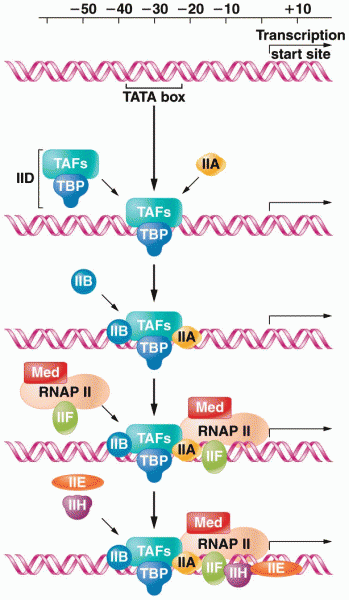This topic contains a solution. Click here to go to the answer
|
|
|
Did you know?
As the western states of America were settled, pioneers often had to drink rancid water from ponds and other sources. This often resulted in chronic diarrhea, causing many cases of dehydration and death that could have been avoided if clean water had been available.
Did you know?
The National Institutes of Health have supported research into acupuncture. This has shown that acupuncture significantly reduced pain associated with osteoarthritis of the knee, when used as a complement to conventional therapies.
Did you know?
Your heart beats over 36 million times a year.
Did you know?
By definition, when a medication is administered intravenously, its bioavailability is 100%.
Did you know?
Cytomegalovirus affects nearly the same amount of newborns every year as Down syndrome.







